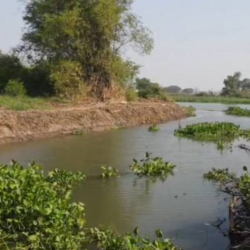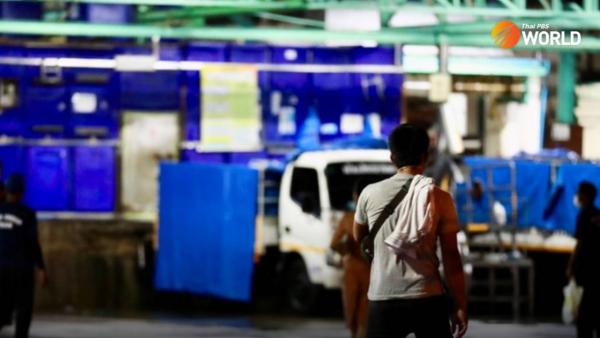Many migrants are in Thailand for work and are undocumented

The reasons behind migration to Thailand are mainly for employment (92%) and fleeing violence and other purposes such as education and food security (8%), according The International Organisation for Migration’s (IOM) metrics on Cambodian and Myanmar migrants, surveyed between August and October 2022 among those living in Tak, Ranong, Rayong, Chanthaburi and Trat provinces.
The report covers an analysis of employment, documentation, wage levels and other basic welfare, such as food, healthcare, shelter and education, through the lens of nationality and gender.
Despite the overall data showing that the situations of those from Myanmar are more precarious than their Cambodia counterparts in several areas, both bear considerable risk in each area and are in need of serious development assistance. The report also points out an obvious discrepancy in opportunities between women and men in each area.
Documentation, Work, Wages and Education
The report found that 33% of Myanmar migrants are undocumented, especially those who live in Tak province, in contrast to the 1% of undocumented Cambodians. Female migrants are reported to be more often undocumented (22%) than males (7%).
The overall employment rate of Cambodian workers is considerably higher than Myanmar workers. 70% of Cambodians gain full-time employment with only 2% of them unemployed, while 34% of Myanmar workers are in full-time employment and over a quarter of Myanmar migrants (27%) were reported as unemployed. Women of both nationalities see higher levels of unemployment compared to men.
The lack of the documentation also correlated to lower-than-minimum wages. Almost 73% of the migrant workers receive a wage of 315 baht (~9 US dollars). The wages vary with each provinces’ minimum wage, with Rayong having the highest rates of 335 baht (with only 4% receiving under the statutory minimum wage).
Furthermore, the migrants’ lack of an expected level of education is pronounced in both nationalities, 97% of Cambodians and a slightly lower 76% of those from Myanmar. There is, however, the inverse among migrant children, who have not attended any formal learning spaces, with 31% of those form Myanmar and 22% of Cambodian children. The report suggests that about 23-28% of the households could not afford to send their children to both primary and secondary school, because older children have to support the family.
The Lack of Fundamental Welfare
As well as employment, migrants are facing a critical lack of fundamentals, required for a decent quality of life.
The lack of food security is reported to be most severe in Tak and Ranong provinces.
Lack of healthcare and shelter
The survey has also shown that 40% of migrant households lack health insurance, exacerbated by barriers to healthcare, such as distance, payment, discrimination and fear of being apprehended by authorities.
The survey also revealed that almost half of migrants (46%) were classified as living in a poor conditions, while 48% were classified as living in a good conditions. Only 6% live a decent lifestyle.
Serious risk
The serious risks facing migrants cannot be ignored. For adults, the risks include community violence (32%), forced labour (28%) and domestic violence (23%). Men were more concerned about forced labour (33%) compared to women (24%). Women, on the other hand, were slightly more concerned about domestic violence (25%) compared to men (21%). Among children, the risks also include child labour and child marriage.
The challenges and needs of migrant workers in Thailand are heavily related to basic human rights and welfare and, therefore, they need to be addressed and alleviated as soon as possible. As the report shows differences in gender, age, nationality and so on, it suggests that development assistance needs to be specifically designed to ensure the best support according to the individual’s needs.






